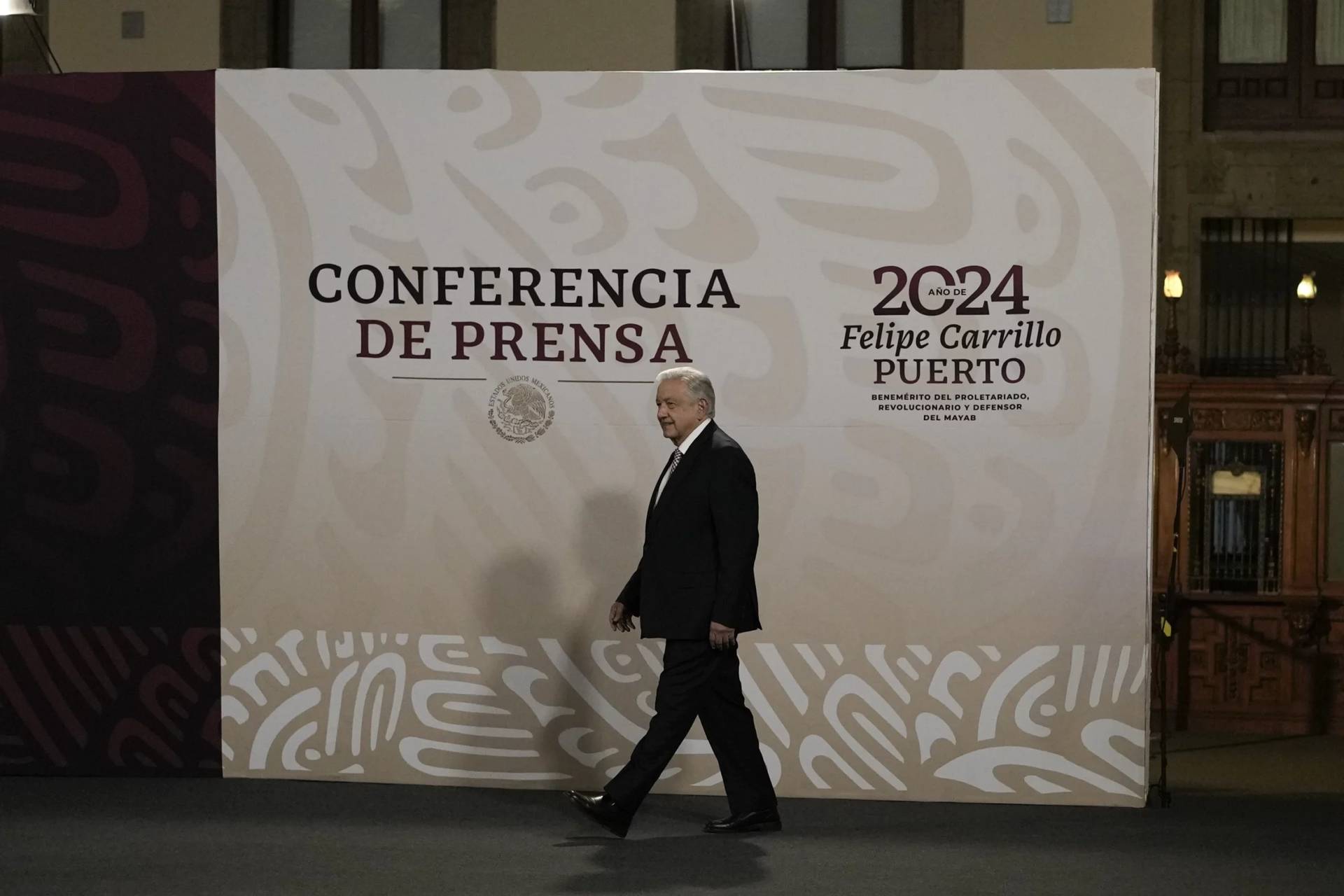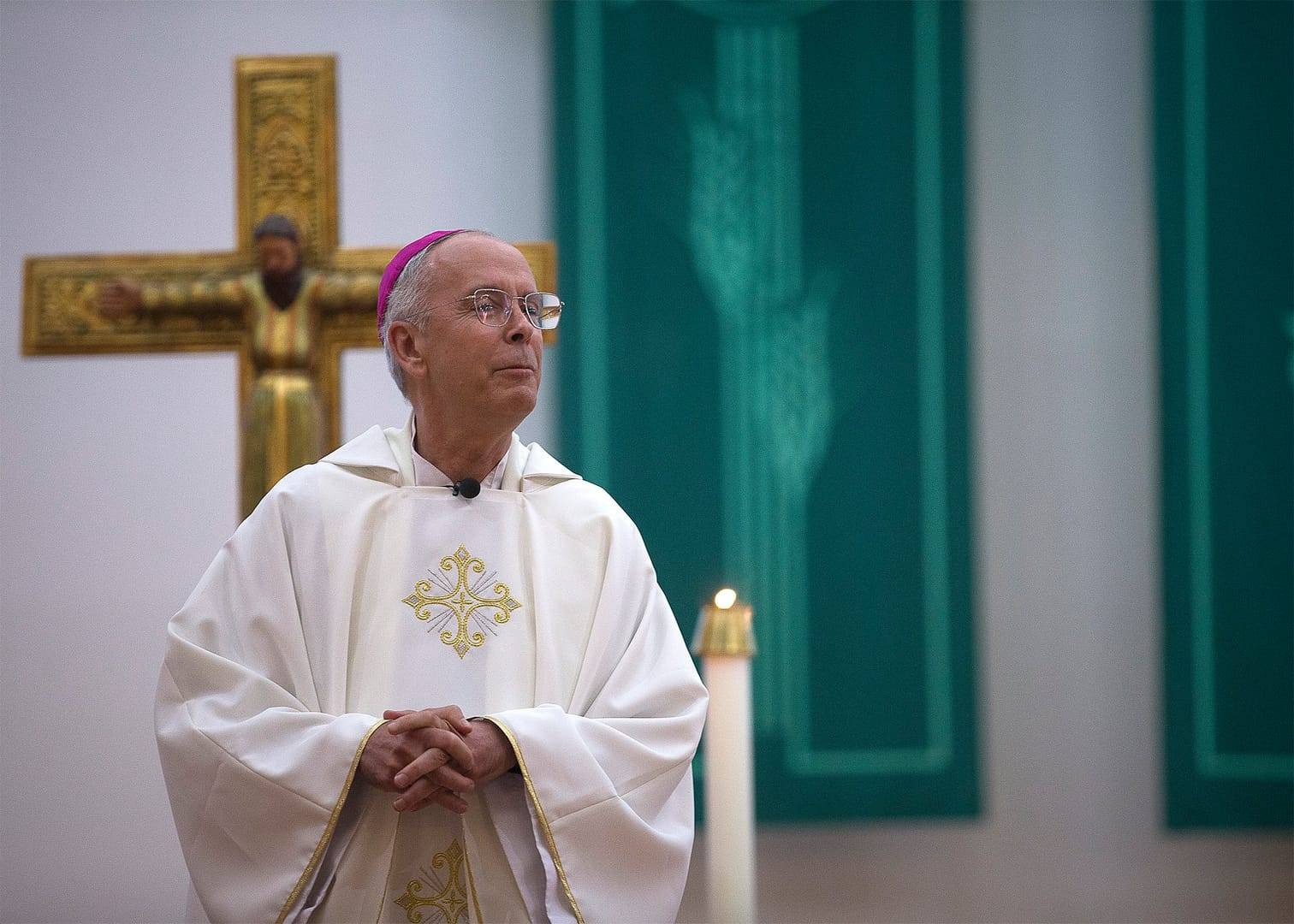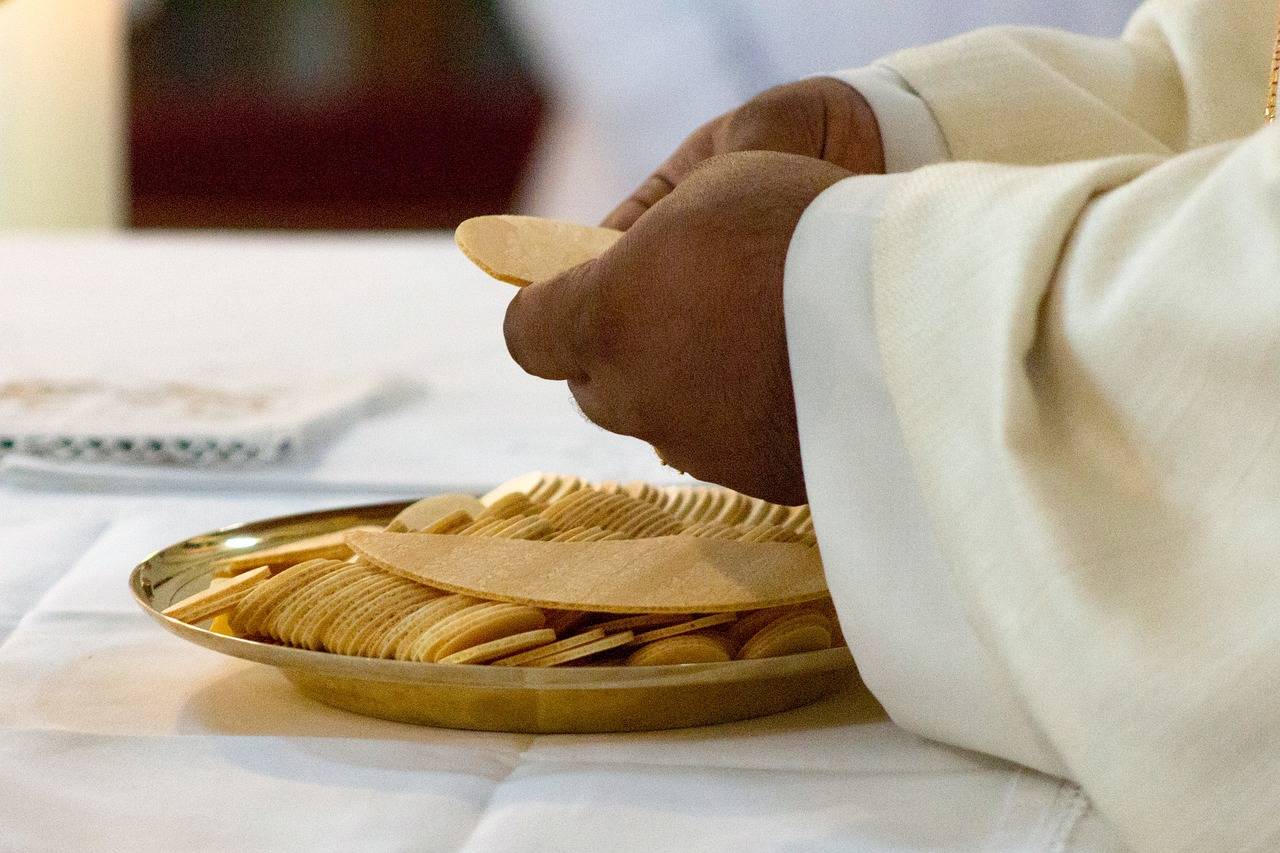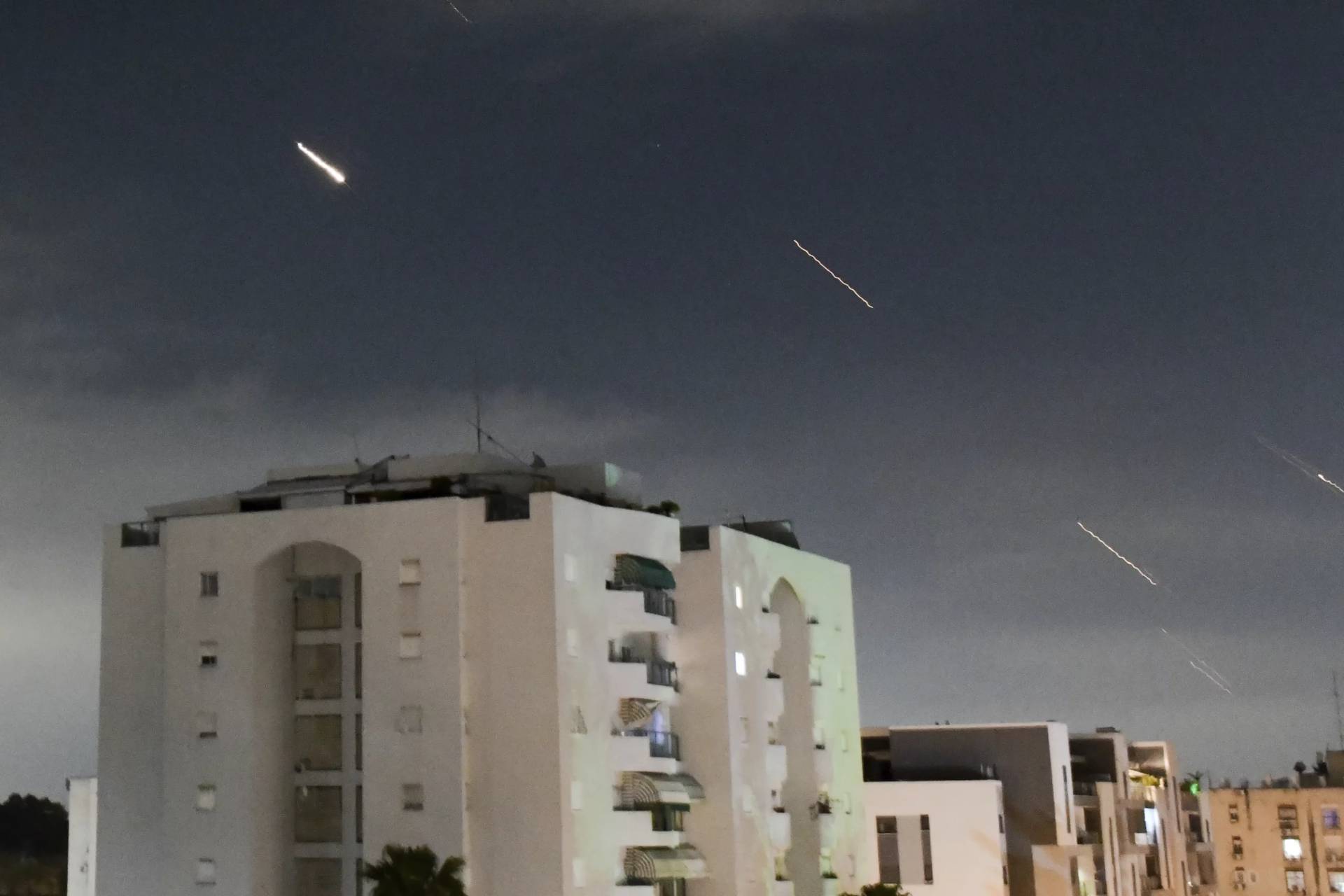A church in New Jersey held celebrations to celebrate Independence Day on Aug. 18-19, but not for the United States.
British India was partitioned at the stroke of midnight between August 14-15, 1947, into two independent countries: Hindu-majority India and Muslim-majority Pakistan.
The animosity between the two new states can be demonstrated in the celebration of independence: Pakistan marks the day Aug. 14, while India does so on Aug. 15.
Yet for Christians from both countries in the diaspora, what unites them culturally is greater than the division that happened 70 years ago.
Bishop Francis Checchio of Metuchen celebrated a Eucharist in honor of both countries at Our Lady of Peace Church in New Brunswick, New Jersey to open the festivities.
The celebrations brought together all of the regions of the subcontinent, including Goans from the former Portuguese India, Tamils, Keralans, and Bangladeshis from what was once East Pakistan (Bangladesh gained its independence in 1971.) Other South Asians included those originally from Nepal and Sri Lanka.
“We may speak different languages, follow different traditions but our Catholic faith is what unites us and has brought us together today,” said Bernie Pinto-DeSouza, the former President of Mangalorean Catholic Association.
Deacon Glen Leo Mendonca, the first Mangalorean deacon in the United States, said he was very happy to be actively involved in organizing the event.
“This is the first ever Indian sub-continent program being organized to bring the people of various countries of the sub-continent and create an atmosphere of fellowship and togetherness,” Mendonca said.
Among the invited guests were Monsignor Tomasz Grysa representing the Permanent Observer Mission of the Holy See to the United Nations, and Mohammad Shamin Hossain from the Consulate General of Bangladesh in New York.
Father Francis Sunil Rosario – the parochial vicar of Blessed Virgin Mary, Help of Christians Church in Woodside, New York – is originally from Bangladesh, and was ordained for the Archdiocese of Calcutta in India.
“It is very important for the communities coming together, it is very vital to claim our identity as Asians. In the country of immigrants where as other communities who also emigrated from Europe or Latin America have made their presence felt by their participation in various roles both in government and within the Church, the Asian communities remain hidden,” Rosario said.
There are over 1 million people from South Asia in the greater New York area, forming one of the largest Asian communities in the country.
“Coming together like this, our unity can be established more and we as Indian subcontinent nationals can claim an identity in the vast ocean of immigrants,” Rosario told Crux.
The priest pointed out the outsized influence the community plays in the economy of the United States, with a large number of professionals and business leaders.
This outsized influence is also felt in the Church: Despite the small size of the Catholic Church on the subcontinent (making up less than 2 percent of the population), priests from the region are a common sight in the United States.
Many of these priests come from the Eastern Rite Sryo-Malabar and Syro-Malankara Churches, which are based in the Indian state of Kerala.
“A collaboration in ministry along with members of various rites can strengthen our ties with one another. Due to the lack of vocations presently, we need to think seriously how best we can also contribute towards the future leadership of the Church,” Rosario said.
He also said South Asian immigrants in the United States should also interact more with Hispanic and Filipino Catholics who are often prominent in the parish life of the country.
“Even though their presence in U.S. has been established for over four decades, they are hardly ever seen in mainstream ministries,” he said.















